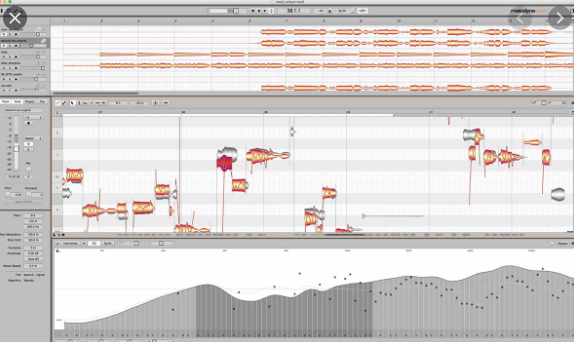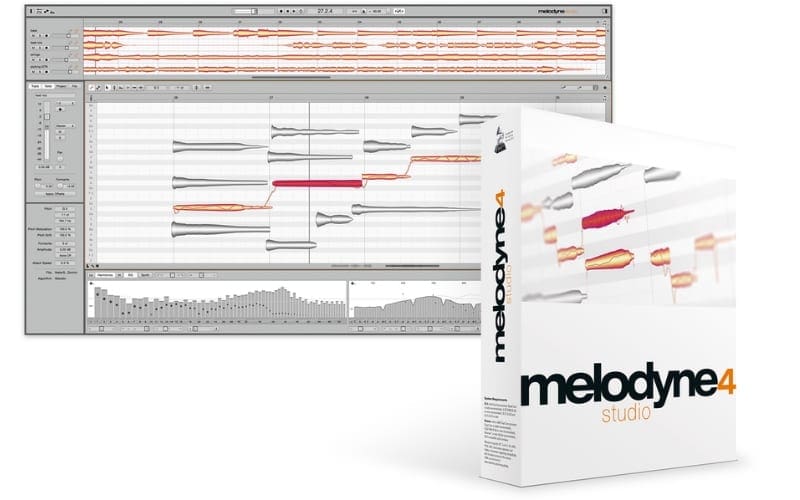

The quickest and easiest way to start editing with Melodyne is to select the clip you wish to edit and choose "Melodyne > Edit" from the contextual menu (or to use the shortcut Ctrl + Shift + A), and like magic, the clip is analyzed and focused in the docked editor for immediate modification. Let’s take a closer look at the track and clip-based workflows available. The ARA 2 workflows in Pro Tools are designed around our varied user needs and as such, are meant to be as flexible as possible. And if you have a license for any higher tier of Melodyne (for example Melodyne Studio), the new ARA 2 version of Melodyne installed by Pro Tools (version 2022.9 and later) will automatically update your higher tier and unlock additional functionality and features. Melodyne 5 essential is installed with all paid versions of Pro Tools (both active subscriptions and current perpetual licenses), and you can even use run your own Melodyne license in the new Pro Tools Intro (which does not include Melodyne 5 essential). It should be noted that a current, licensed, and working version of Melodyne is required for Melodyne ARA 2 to work in Pro Tools. No matter how you interact with it, the Melodyne user interface is now conveniently docked in the Pro Tools Edit window, and new commands have been added to the Track and Clip menus along with respective contextual menus. It can serve as an alternative elastic audio plugin on analyzed or edited clips when working with Tick based audio. Melodyne can be applied to entire tracks at once or simply used in a clip-by-clip manner. Pro Tools is like a massive Swiss Army knife when it comes to both the sheer number of workflows and the varied types of users we support, so enabling users to choose how to work with this powerful tool was paramount in how we integrated ARA. The primary workflow benefit from this implementation lies in the deep integration with Pro Tools, which removes the necessity to round-trip audio, therefore creating a more holistic experience for the user. Our initial implementation of ARA with Pro Tools utilizes Celemony’s powerful pitch-and-time solution, Melodyne.

With more and more plugin manufacturers supporting ARA in their portfolios, the future remains quite bright for this powerful audio workflow extension.

The second version of ARA (ARA 2) was introduced in 2018, and is the version Pro Tools utilizes for its integration. Location, pitch, tempo, and rhythm are all examples of some of the data that can be exchanged. ARA allows an enabled plugin to exchange a greater amount of audio information with a digital audio workstation (DAW) and makes for more streamlined and efficient workflows due the increased types of data passed between the DAW and plugin. It is a data-exchange extension for audio plugins, which was co-developed by Celemony, the makers of Melodyne, and PreSonus in 2011.

ARA is an acronym which stands for Audio Random Access.


 0 kommentar(er)
0 kommentar(er)
